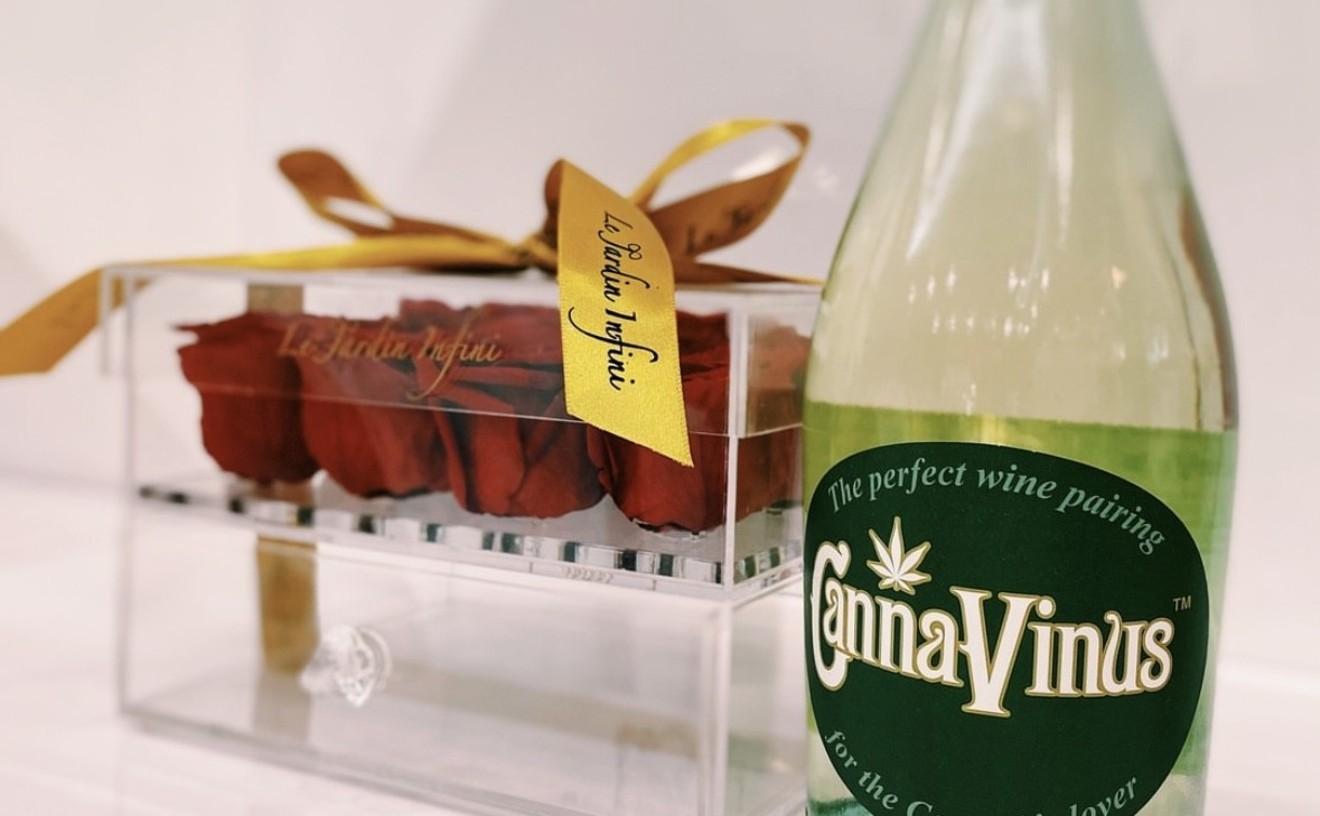Jay McCobb, a.k.a. "Farmer Jay," is a Delray-based sustainable farmer who will be contributing columns about local food, his pig Pearl, and whatever strikes his fancy. Find more of Jay -- and get your hands on some of his delicious eats -- by visiting myfarmerjay.com.
Florida is in the top ten for largest agricultural production in the United States. Being a farmer native to Florida, you would think I would know what a local food system looks like, but come to find out, I didn't. After spending a summer in Sonoma, California, I got to see what a real local food system looks and tastes like. The main reason why I work so hard as a farmer here in Florida is to help create what I experienced.
This is what I saw in Cali:
Farmers Markets
Like the true sense of the words, these markets in Sonoma were full of actual farmers. Instead of produce vendors, you will meet farmers with their trucks backed up showcasing their harvest for the week. These are small farms, most under five acres. You might meet one young farming couple that takes pride in the tomatoes they grow; they have a small one-acre plot they grow on at a church. Walking up further, another farmer grows the best turnips and root vegetables on a plot not far up the road; next to him a sheep farmer that makes the best yogurt; further on, a farmer that grows orchard fruit with 20 varieties of apples. Oh yeah, and don't worry about asking about organics, they are all organic -- maybe not certified, but they would never harm the land by using synthetics or poisons.
Restaurants
If you are a chef in Sonoma, you are not in the game unless you are buying from the farm. You either shop at the farmers' markets or have connected and contracted a farmer to grow for you. In fact, most restaurants have a van that travels from farm to farm to pick up directly from the farm at harvest. I worked with Bob Cannard, who has been farming for Alice Waters and her legendary restaurant, Chez Panisse, for over 30 years. When asked how this has come to be for so many years, Bob said, "Sure, there has been new young chefs coming in for Alice and they all want to change things, but Alice always tells them, Bob stays." They have a long relationship built on trust and consistency. Bob tells me he has not missed one load in all these years. Alice trusts him and never tells him what to grow; she just creates something no matter what his bounty.
Schools
Alice Waters started a program in Berkeley, California called The Edible Schoolyard, where kids learn to grow, harvest, and prepare food, teaching them the full circle of food. Teaching the next generation to grow food is of the utmost importance, by the year 2050 we will require 70% more agricultural production to feed the rapidly growing population. This program allows children to grow up with an understanding of how food is grown and how to prepare it.
Locally I have a similar program called Farmer Jay's Jr. Sprouts, and I always ask the kids, "Who likes vegetables?" No one raises their hand, and I mostly get sour faces. Then I say, "Who here has grown a garden?" I get all kinds of hands flying up saying, "I grew tomatoes." "I grew lettuce." "I grew carrots." I then ask, "Well, how did you like the tomatoes, lettuce, and carrots you grew?" The answer is always the same, "They were great!" There is a strong connection between kids and vegetables when they grow the food themselves.
Having a basic understanding of where food comes from and how it is grown creates a respect for both the body and earth. Furthermore, what you grow up doing, you tend to do when you're grown up.
South Florida
We are very similar to California, only about 15 years behind. We have a great opportunity to learn how to establish a local food system from someone that has already done it. In California, they have a similar situation where the land price is not conducive to grow crops and be sustainable. The old style agreement, sharecropping, has come back as a popular option for farmers. This is where the land owner receives part of the harvest or a share of the profits. Most of the time land owners will also receive a tax break for agricultural activity. These farms are not on actual "farm land", they are in people's backyards. Working with Bob I traveled to many backyards where share cropping agreements had been made. I remember one place particularly that the 1 acre backyard was entirely planted in figs.
The look of a local food system can be deceiving. Just because there are farms doesn't mean they feed locally. Request locally-grown food as often as you can.
Follow @ CleanPlateBPB










